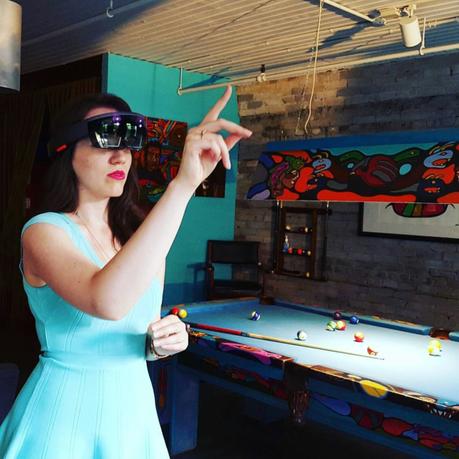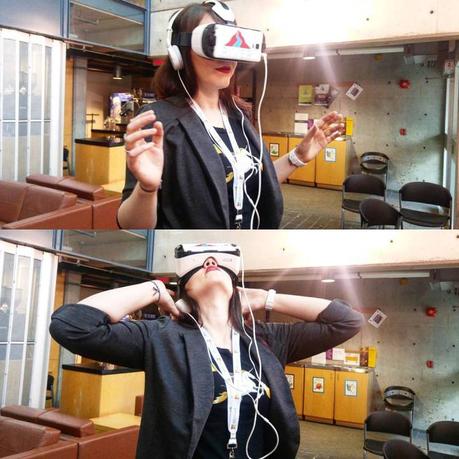If you’ve been watching the tech space, you’ve probably heard the rising buzz around virtual reality (aka VR). If you’ve really been paying attention, or if you’ve been playing Pokemon Go (before it sadly and suddenly lost over 10 million users this August), you may also have heard the term “augmented reality,” or AR. But do you know the difference? Let’s dive in.
Both VR and AR open virtual doors to what is often referred to as the “metaverse” – a metaphysical universe of digital worlds. The main difference is that virtual reality places you into virtual worlds, whereas augmented reality places virtual objects into the world around you.

With VR, there are no external distractions. You see what the creator wants you to see, and the reason it doesn’t feel limiting is you have the flexibility to look around in 360 degrees. VR is a game-changer because for the first time we have a truly immersive medium that 100% captures the audience by placing the viewer directly into the media. This is huge for marketers, media creators, and educators, because you can be sure that you have your audience’s full and undivided attention.
With AR, the user can still see the world around them, because the technology is just augmenting the scene with digital elements. For example, when I tested out Microsoft HoloLens, I placed a virtual TV screen on the wall in the room I was in, and an interactive ball pit on the floor. I could then walk around the room and the objects remained where I left them, so I could kick the balls along the floor and come back later to find them still there. Imagine the application for gaming, where aliens invade your own home and you fight them on your turf.
What about hardware?
Typically, VR is consumed through a pair of goggles and a headset for audio. In more advanced rigs you can also get rumble backpacks, enhanced bodysuits, and haptic gloves that provide physical stimulation corresponding to what is happening in the VR experience. AR is a little more flexible in terms of hardware, because it adds to the world around you instead of simulating an entirely new world. AR can be consumed in its simplest form through apps like Pokemon Go, which use a screen and phone camera as a way to overlay digital elements into the camera view in real time. In more advanced forms it can also be consumed via a headset like Google Glass or HoloLens, which places 3D holographic elements into the world around you via a head-mounted holographic computer.
Which is better?
Trick question! Neither is better than the other – despite often being confused, virtual and augmented reality are entirely different media and should be treated as such. Asking which is better is like asking whether televisions or computers are better – both pieces of technology have significant and distinct possibilities.

. . . . . . .





